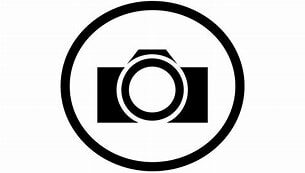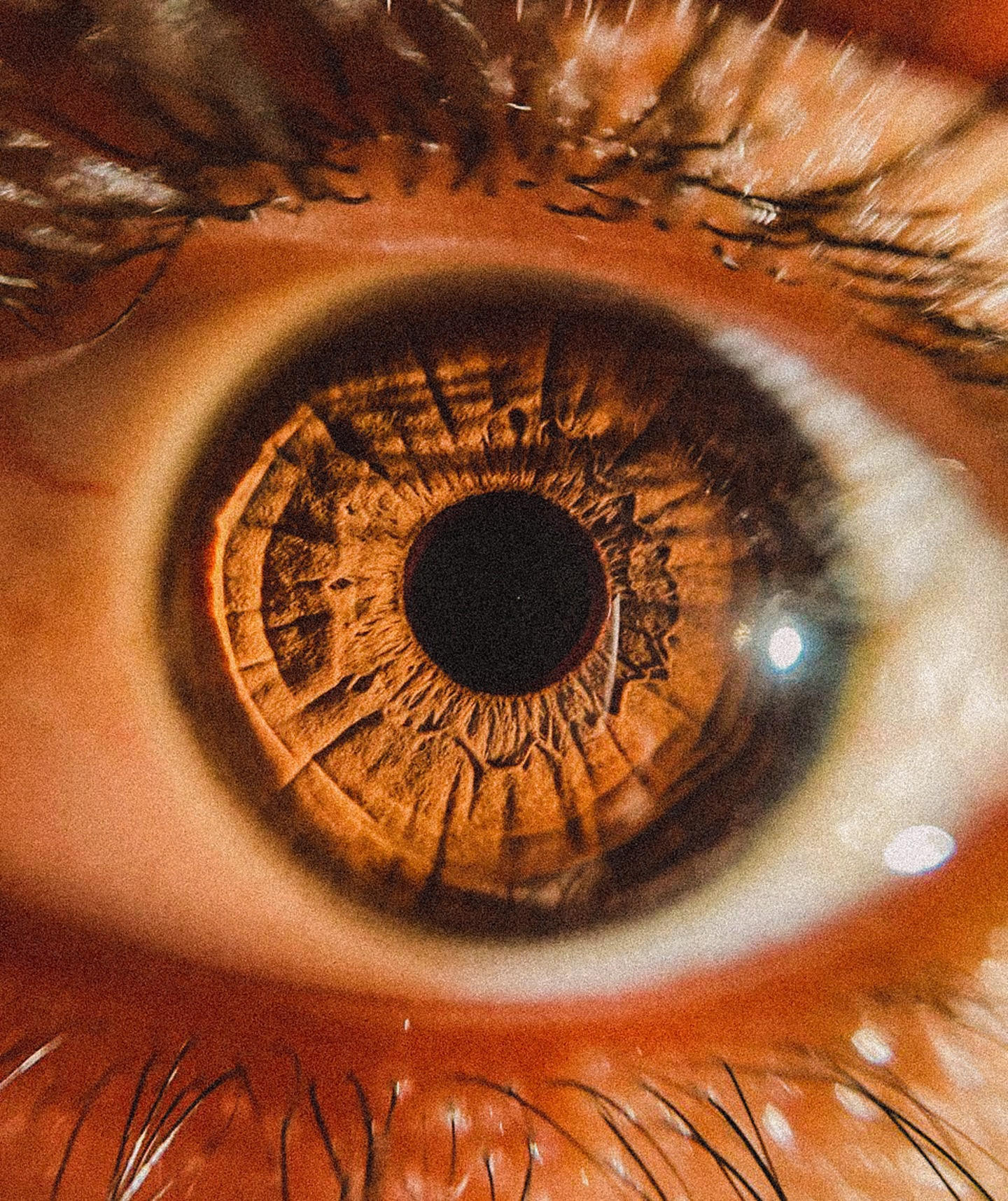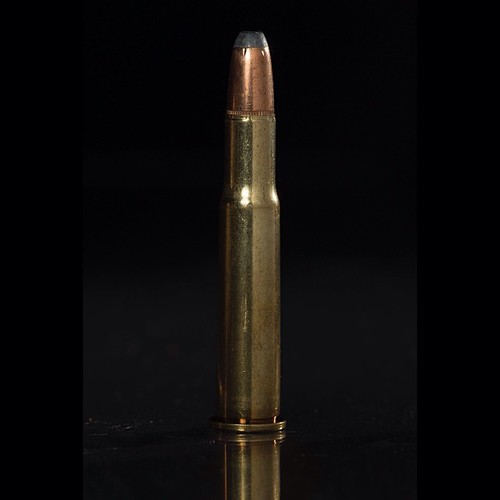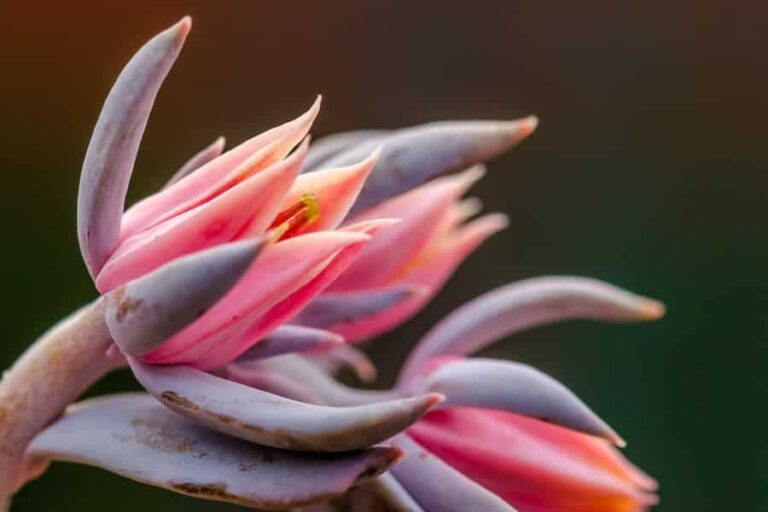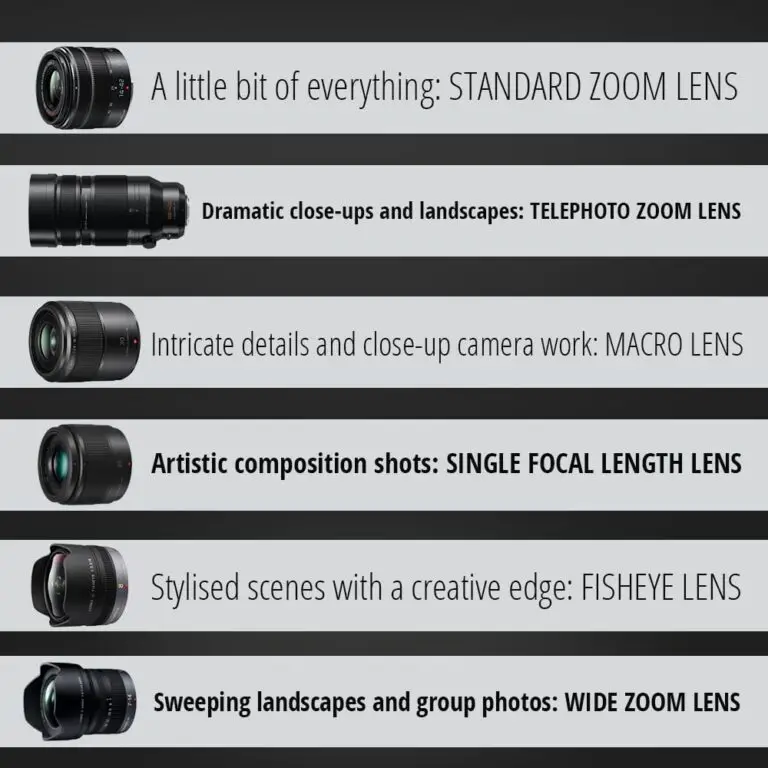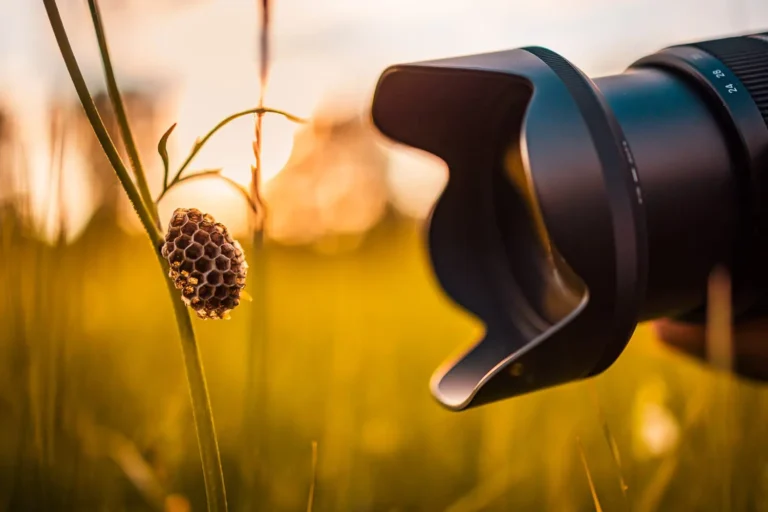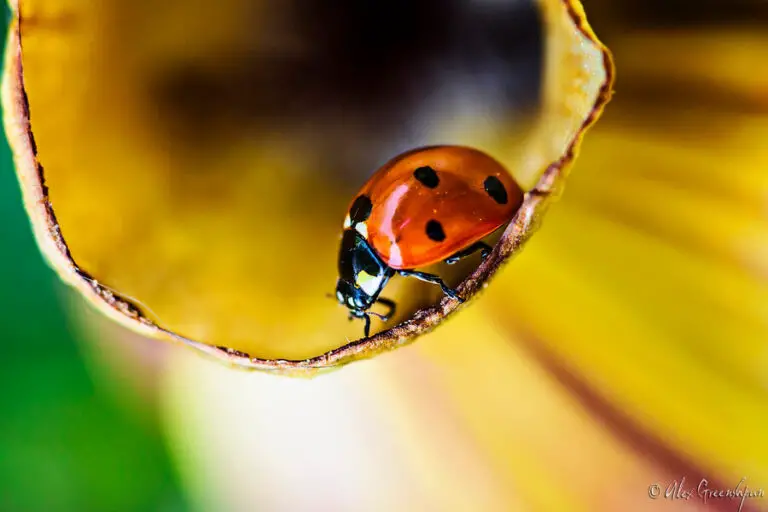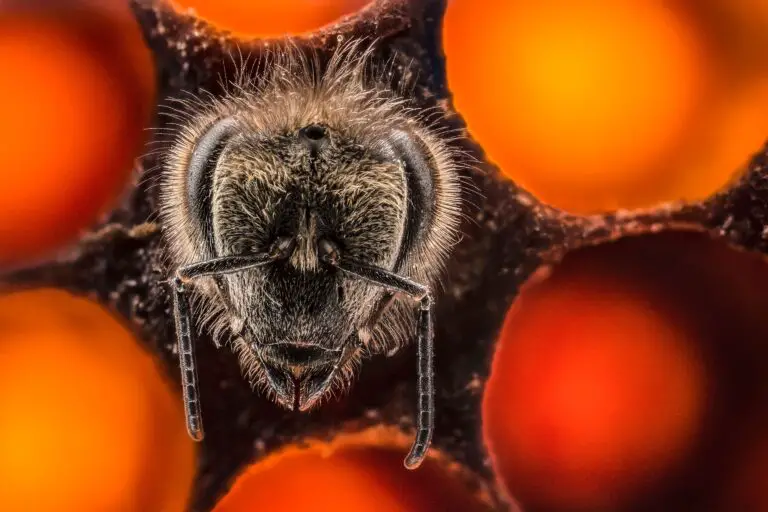Mastering Macro Photography Lighting: Techniques for Stunning Close-Ups
In the world of photography, macro enthusiasts understand the magnetic pull of the tiny wonders around us. From the intricate details of a butterfly’s wings to the mesmerizing patterns of a flower’s petal, the ability to capture these details is as much an art as it is a science. That said, the role of lighting in macro photography is often underestimated. Yet, it is the mastery of light that can truly set a macro shot apart and reveal the true beauty in the minute. This guide is tailored for the burgeoning and the veteran macro photographers alike, to shed light — quite literally — on how to use lighting as a tool to heighten the visual impact of your close-up images.
Understanding Macro Photography Lighting
Before we plunge into the meticulous details, understanding the underlying principles of lighting in macro photography is paramount.
Key Principles of Lighting for Macro Shots
- Direction: The angle from which light strikes your subject can drastically change the mood and feel of your shot.
- Intensity: The strength of your light source can be the difference between a vivid image and one that falls flat.
- Quality: This refers to the softness or harshness of the light. In macro photography, diffused light often reigns supreme to capture details without creating unwanted shadows.
Techniques for Achieving Stunning Close-Ups
Lighting in macro photography can be approached from two primary avenues: natural and artificial.
Natural Lighting
Natural light is a macro photographer’s best friend. It is not only the most readily available source but also gives a wonderfully organic feel to your images.
Artificial Lighting
When natural light isn’t enough, artificial lighting comes into play. While it offers control, it can also be a bit intimidating at first. Here are common tools you can utilize:
- Ring Light: A favorite for its all-around even illumination, a ring light is excellent for achieving a shadow-less look around your subject’s edges.
- LED Panels: These versatile lights are great for control, often allowing you to adjust both brightness and warmth.
- Flash: A flash’s super-quick burst of light can freeze the motion of your subject, an often necessary feature in macro photography.
Light Modifiers
Beyond the initial light sources, modifiers are essential for shaping the light.
- Reflectors: These handy tools bounce light back onto your subject, filling in shadows or emphasizing certain features.
- Diffusers: Whether it’s a specialized diffuser or a simple piece of translucent material, their purpose is to soften light, eliminating harsh shadows.
- Snoots and Grids: These direct light to a specific area, preventing light spill and precisely highlighting areas of interest.
Light Positioning
The placement of your light source relative to your subject is crucial. A cardinal rule for achieving depth and form is to never light the subject from the same direction as your camera. Experiment with angles to bring out textures and create dimensions in your photos.
Tips for Enhancing Macro Photography Lighting
To refine your lighting further, these tips can help bring nuance and sophistication to your macro shots.
Diffusion and Softening
Using a diffuser can soften the light, making it more flattering and reducing the intensity of specular highlights.
Color Temperature Considerations
Matching the color of your light with the ambient conditions can aid in producing more natural-looking images or even create a specific mood. For instance, warmer tones can evoke the coziness of a sunset, while cooler tones may resonate with the serenity of moonlight.
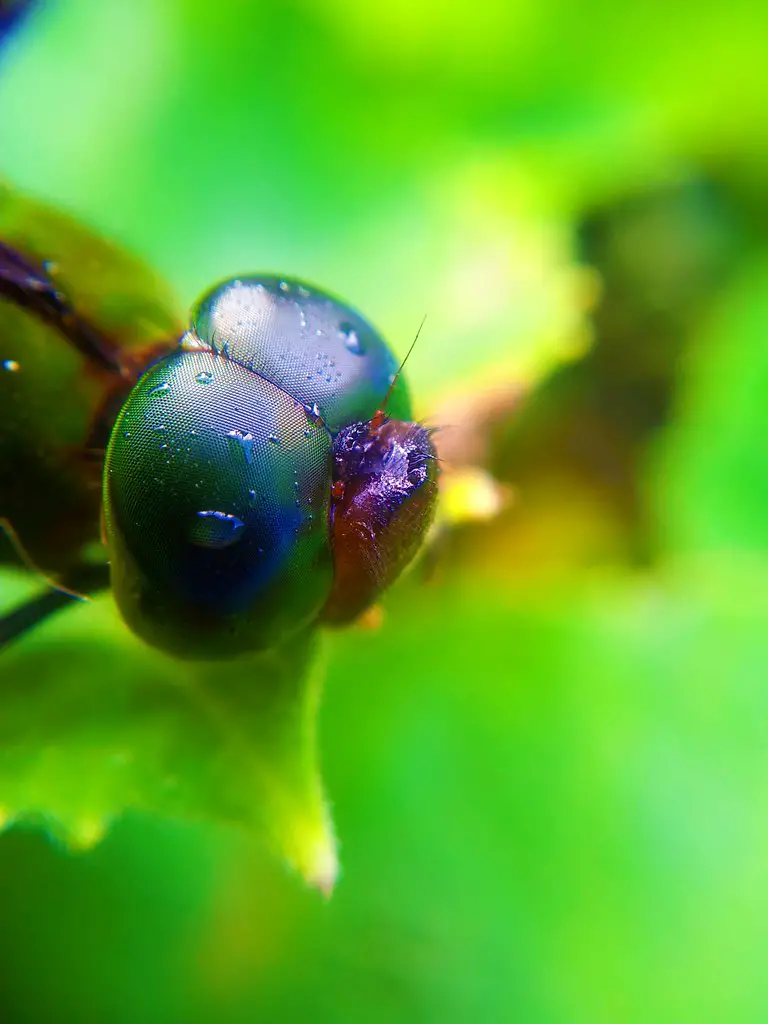
Shadows and Highlights Management
The interplay of light and shadow is essential in any form of photography, and in macro, it’s equally important. Work with the shadows to define texture, and manage highlights to maintain detail and prevent overexposure.
Conclusion
The world of macro photography is a realm of intricate details and vivid color that can captivate any viewer. Yet, it is often under the right interplay of light and shadow that the true enchantment of this genre comes alive. By mastering the lighting techniques we’ve discussed, you’re not only opening a door to more compelling macro photography but also refining your photographic eye to see and capture the extraordinary in the ordinary. Remember, as with any art, practice is key. Make adjustments, experiment, and most importantly, allow yourself to be creative with how you use light to bring a new perspective to the small wonders of the world.
